
OR
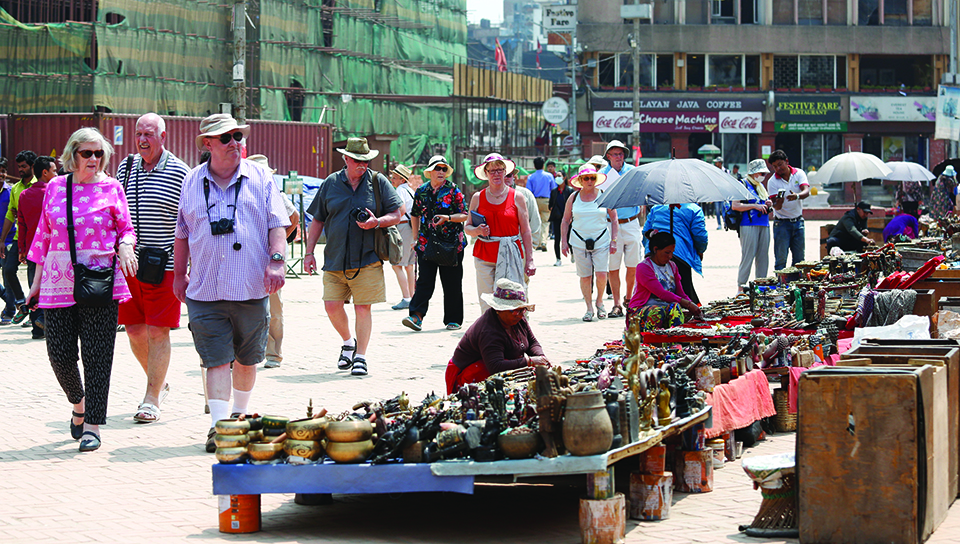
In the age of digitalization, Nepal should opt for ‘QR code’ information system to enable tourists to gather information about places they visit
I will be asserting the obvious if I mention that the government should provide easy services to tourists for promoting tourism. So today I’m here with a different claim: Nepal as a rising tourism industry should find innovative ways to mitigate the information gap between tourist and tourism sites. Any sort of attractions including mountain, landscape and historical/ cultural sites keep attracting tourists only if they add some value to tourism experience. I have seen tourists saying: ‘This place looks great, but I don’t know a single thing about it. This stone engraving is in the local language, I can’t get it.’ In response to this problem, some tourism sites in Nepal have adopted a strategy like providing travel books, signboards, information pamphlets, and other measures for making information available to tourists. However, these are old methods of disseminating information. In the age of digitalization, Nepal should find other modern and effective mechanisms like ‘Tourist QR code’ information system that requires just a second of scanning and takes tourists to the vault of information about any place or a specific object.
The major feature of today’s world in the transformation of society from a system based on the consumption of material goods to a system that is more centered on consuming information. Amid such context, the government needs to consider the preference of new generation tourists who would visit Nepal not just to see our natural and cultural richness but to get deep information about them. The tourism sites remain valuable tourism asset if they effectively communicate with the tourists. So communication and access to information remain at the center of promoting tourism.
In the same line, today’s technological development has offered various ways to improve the quality of visitor interaction with tourism sites. In 2016, Ministry of Tourism and Sports in Thailand launched a program called “Thailand Scan me” in which tourism QR(Quick response) codes are positioned in different places to inform travelers about various tourism destination around the area.
Nepal can also implement such innovative practice in major tourism destinations, especially in cultural heritage sites to inform tourists about the specific temples or statues. Once they are installed in tourism sites, the visitors can just scan and get an abundance of information about the things they are looking at. This QR code will give privilege for visitors to access the information in either written or audio/visual form. Also with the internet, the QR code can direct to the video link, maps of the place, audio or text in many languages and other bonuses for tourist to enjoy the destination. And since the information remains on the online database, it can be easily updated. On top of that, it will increase tourist engagement hours in the destination, and there will be auto-marketing of the place when visitors share that information online with their contacts. The old version of ‘see-move on’ tourism will be changed to a new kind of ‘see-scan-get information and share’ tourism.
In my previous write-up, I had discussed the ways to digitalize humanities subject for adding more career scope to it. Connecting that idea with ‘tourist QR code’ in heritage sites can also mitigate the gap between technology and humanities subjects as it will require history experts and IT professionals to work together. It’s a very organized, cheap and scientific method of disseminating information to tourists. Just in Pashupatinath we have hundreds of ancient statues preserved since centuries but we can hardly find information about those historical relics. Similar is the case with Durbar Square, Changu Narayan, Budalinkhanta, Lumbini and other historical sites. With QR initiation, we can let the world explore and share our cultural richness among international societies.
With continuous development in QR code system over the years, they can now be scanned easily with any smartphone having QR reader. During the availability of internet, QR Code can direct visitors to the online source from where they will get access to a vault of information, but if the information is encoded in encrypted code, then a limited amount of information can be accessed without internet too. QR codes can be scanned easily with a smartphone equipped with QR reader software, and it’s relatively inexpensive to implement. They can even be used to persuade additional visits. If tourists in Lumbini scan QR code and get the recommendation for Bouddhanath or Swyambunath, they will surely build an interest to visit those places too.
QR system can revolutionize the tourism sector as its scope is broader. Let’s take a look at how other countries have used QR code to promote tourism. Tourist can find QR code signboards placed on road networks in the Indian state of Kerala which give information about nearby tourist destinations. Similarly, in Whadjuk Trail Network of Australia, the codes allow trails users to listen to indigenous stories or get information more about local flora and fauna.
QR system gives a comprehensive understanding of Nepal and improves the quality of tourism experience. It allows specific and relevant information on the web to be accessed via smartphone.
As we stand close to Visit Nepal 2020, QR system can become a breakthrough innovation in tourism promotion. When it comes to promoting Nepal as a tourist destination, our leaders often talk about tourism strategic plan, greater promotional objectives, mixed marketing models and so on. Little has been achieved from these so far. Thus the government should think of experimenting with ‘tourist QR’ idea and try promoting tourism in an innovative way. New tourism minister Yogesh Bhattarai needs to think about it.
The author is Senior Researcher at Global Initiative for Vivid Empowerment (GIVE), a Kathmandu-based NGO
biranchipoudyal@gmail.com
You May Like This

Reviving home remedies
Garlic has antibacterial, antivirus, antifungal, and antioxidant properties and nutrients. For this reason, garlic soup is used by many people... Read More...
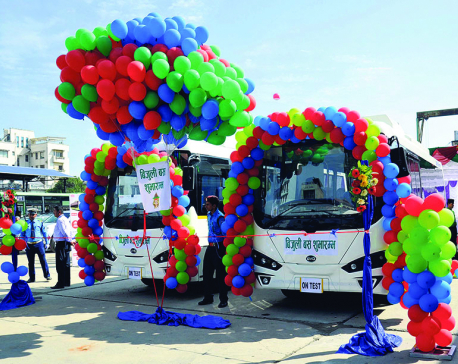
Going electric
Nepal should aim for promoting electric vehicle technology. Strategic approach should be adopted to formulate policies to encourage people to... Read More...

Reimagining leadership
Transitional justice process has not come to a meaningful end because conflict victims were not placed at the center ... Read More...


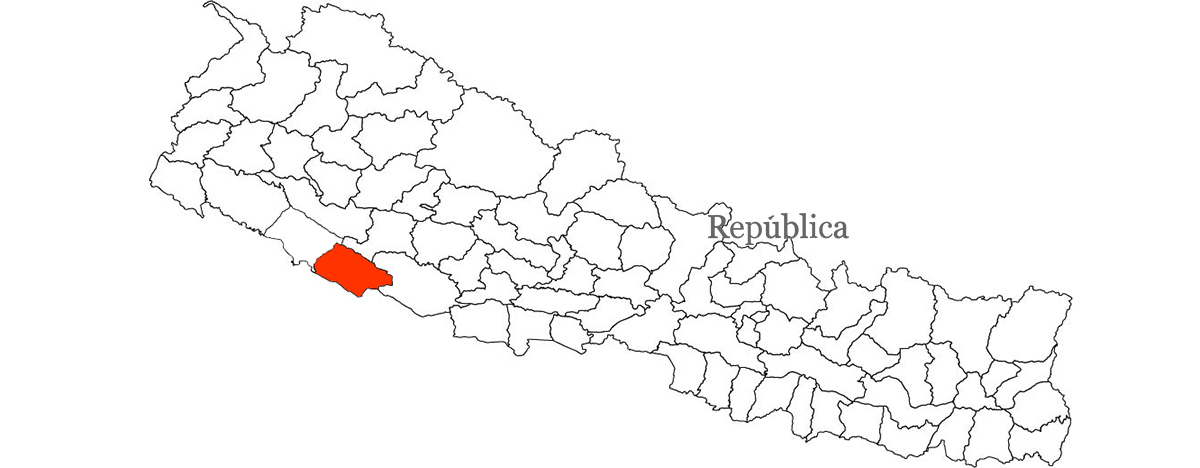

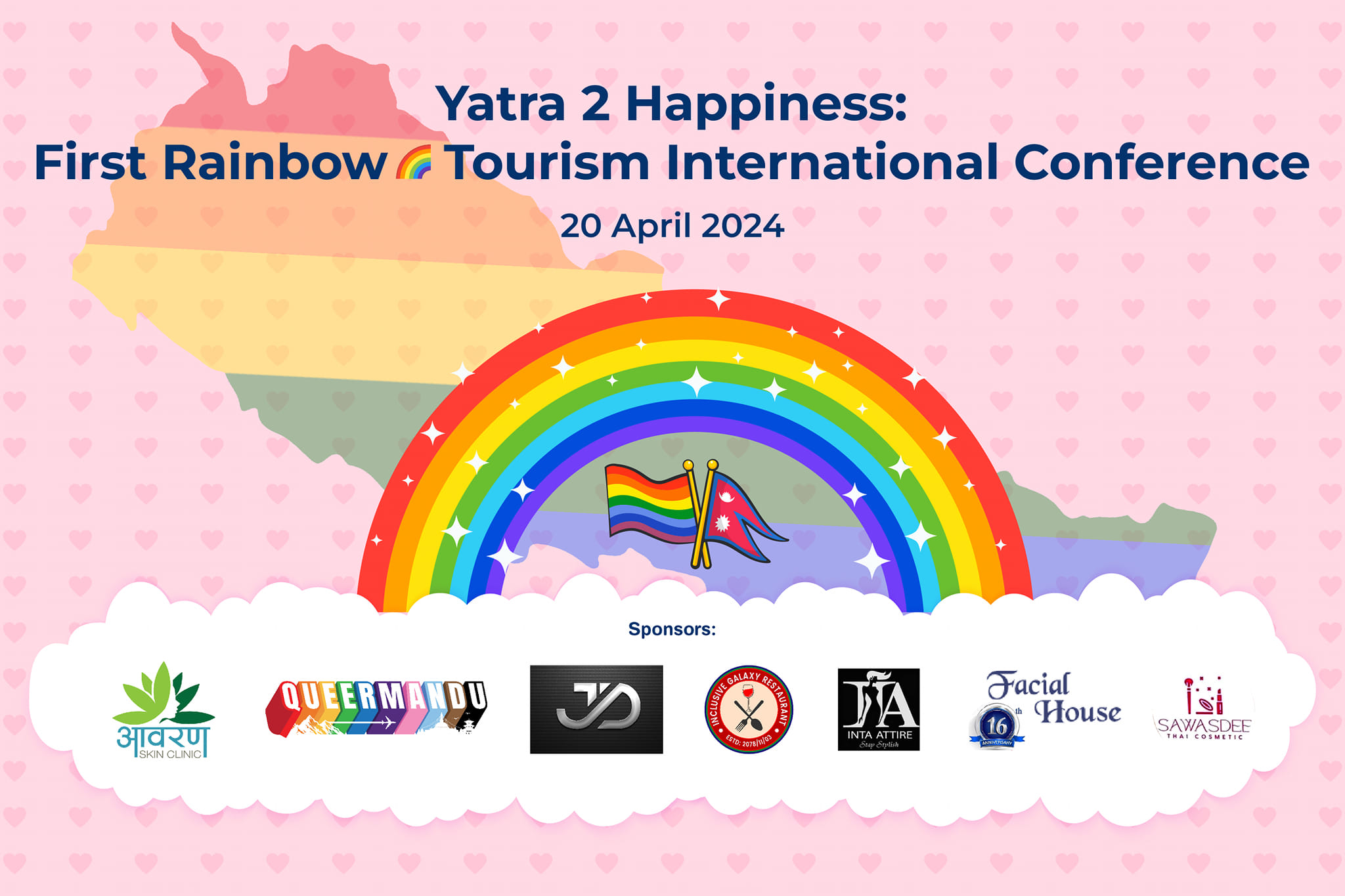


Just In
- Construction of embankments along seven streams begins in Kailali
- 265 cottage and small industries shut down in Banke
- NEPSE lost 53.16 points, while investors lost Rs 85 billion from shares trading last week
- Rainbow tourism int'l conference kicks off
- Over 200,000 devotees throng Maha Kumbha Mela at Barahakshetra
- Indians vote in the first phase of the world’s largest election as Modi seeks a third term
- Kushal Dixit selected for London Marathon
- Nepal faces Hong Kong today for ACC Emerging Teams Asia Cup





_20220508065243.jpg)




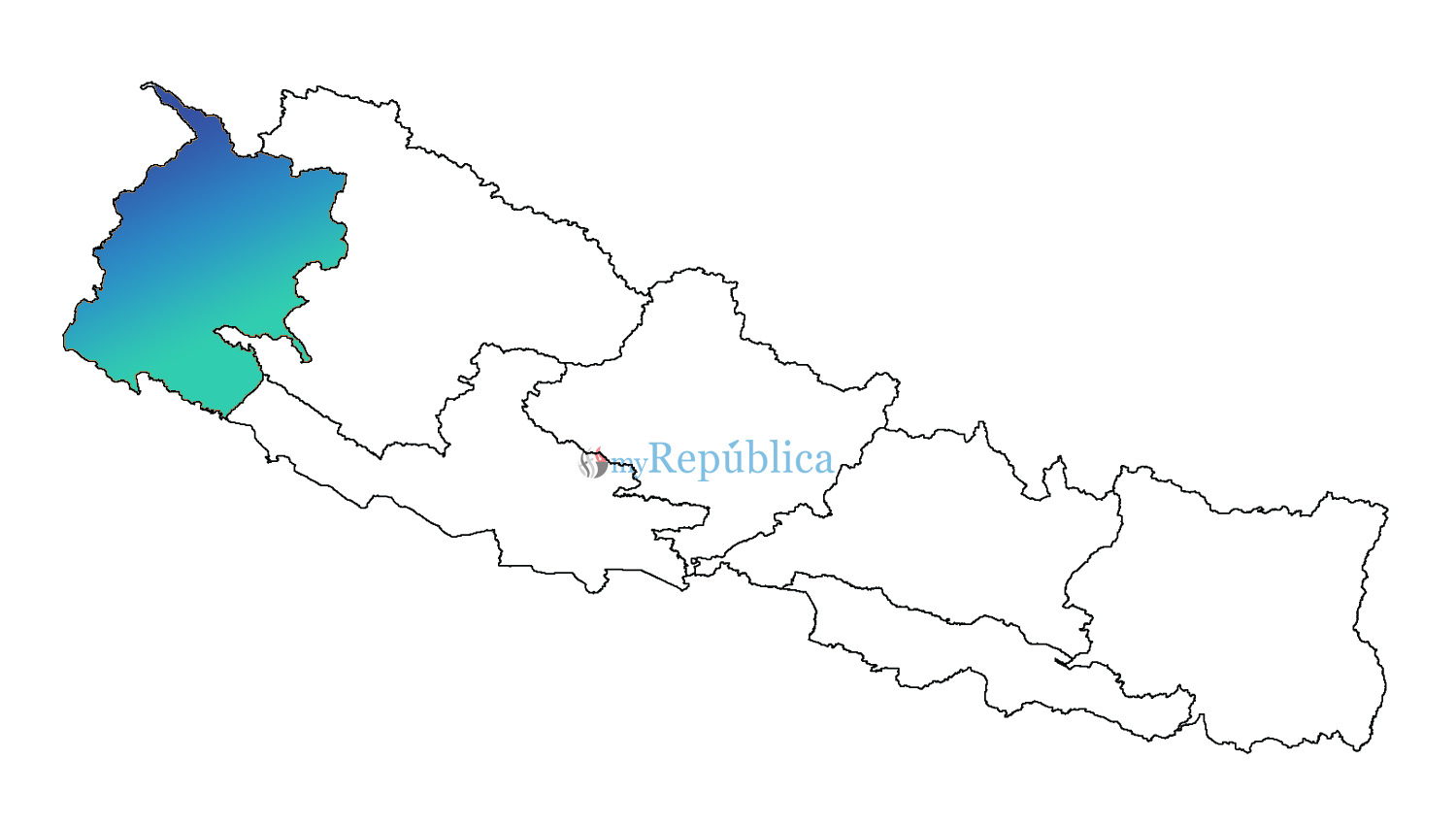
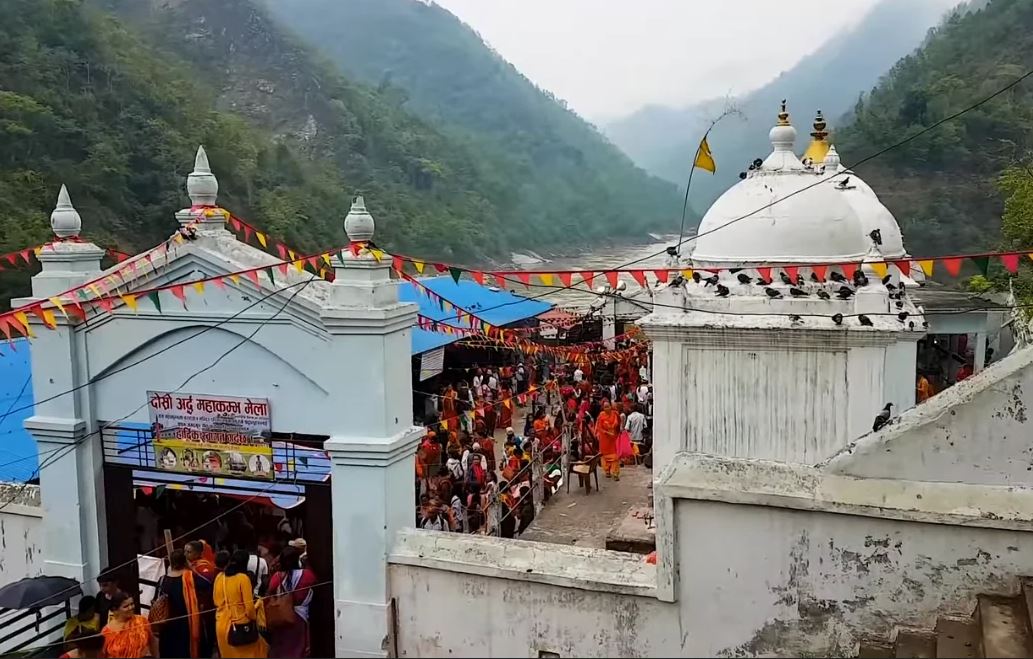

Leave A Comment